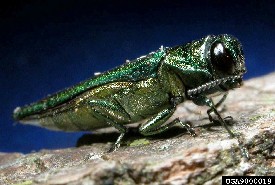Recently we've talked a lot about our sawing processes, but what happens to our sawn lumber after this step?
The next step in our manufacturing process is drying the boards of lumber. This is accomplished by placing lumber into large drying kilns where circulating air allows the excess moisture in the boards to evaporate and the wood to be brought down to the correct moisture content for finished materials. This is a critical step as wood with too much moisture will cause problems in the final application (ie. swelling in wood floors, bowing of boards used in furniture making, etc). Different species of wood require different amounts of time to dry down
to the ideal moisture content (hardwoods, 6-8%).
 |
| Lumber being loaded into drying kilns |
Once lumber comes out of our drying kilns it is processed through our grading facility. This step separates the nicer boards from the more rustic boards. The grading of lumber is actually a complex science with strict requirements that have been set by the
National Hardwood Lumber Association (NHLA). Our graders have passed rigorous NHLA coursework and are regularly updated of new developments in lumber grading standards.
 |
| Grading kiln dried lumber |
Once our lumber is graded it is either sold in the rough form in wholesale lots to cabinetry and furniture making companies, or processed through our finishing mill to create the wood materials that you might use in your home.
 |
| Finishing mill |









